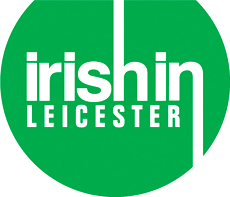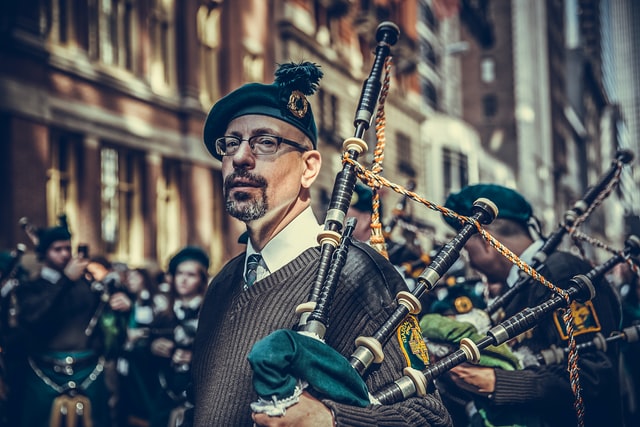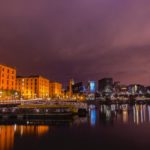There are three main groups of Irish immigrants living in the UK. These groups are referred to as ‘Little Ireland’, ‘Middlesbrough Irish’ and ‘Wallsend Irish’. ‘Little Ireland’ refers to the dockland area where many Irish settled in the late nineteenth century. In addition, there were many Irish living in pit villages and furnace towns in county Durham. Because the Irish were highly mobile, many of them moved to new communities as the iron works grew.
‘Little Ireland’
During the 19th century, many immigrants to the United Kingdom were from ‘Little Ireland’. This area was a poor slum, home to petty criminal activity. It was reported in local newspapers, and the enumerators rounded up ages to the nearest multiple of five. This meant that, for example, Catherine Felin could have been a little older than sixty. She was working in a physical job, and she was a little older than other people.
During the 18th century, there were hundreds of thousands of Irish immigrants in the United Kingdom. Some of these people settled in towns and cities in England, including Manchester, Glasgow and London. This led to nicknames like ‘Little Ireland’. Today, the Irish community is a vibrant one and continues to thrive in many areas of the country. But in the past, ‘Little Ireland’ was not exactly what it once was.
‘Wallsend’
The town of Wallsend is home to extensive coal mines. Formerly, this place was renowned for producing a fine variety of coal. Nowadays, the name is associated with all coal that passes through a five-eighth-inch mesh sieve. In fact, many of the town’s residents are of Irish origin. This is not surprising, given that approximately six million people in the UK are descended from Irish immigrants.
The early Irish settlers to the North East found employment in shipbuilding, which was centered in ‘hamlets’ during the 1840s. The increased number of workers increased the workforce without competing with locals. Coal workers were comparatively plentiful in the area, and Irish ‘blacklegging’ was not widespread. In this period of British history, the Irish influenced liberal politics and supported Irish nationalist aspirations.
‘Middlesbrough Irish’
The Victorian Irish population of Middlesbrough was largely composed of immigrants. This study examines the Irish in Middlesbrough through four censuses from 1871 to 1901. The research explores the social, economic, and occupational backgrounds of the Irish in Middlesbrough. It also explores the Irish overrepresentation in the crime statistics of the town. The results of the study are important for understanding the local Irish community.
Ceilidhs are a traditional form of Irish music played by traditional musicians. The Northumberland-based NFB Band is a professional trio of fiddle, melodeon, and percussion. The band regularly performs at events in Middlesbrough and provides excellent entertainment at dances, events, weddings, and corporate functions. The band is highly versatile, with music ranging from lively dance tunes to mellow slow airs.
‘Wallsend Irish’
The Wallsend Irish, also known as the “New Irish”, are Irish immigrants in the UK. Their ancestors came to the UK from counties in Ireland, including Mayo, Roscommon, and Sligo. They first settled in Liverpool, where the Irish community was already active, and later moved to other parts of England, such as Leeds. The population of Irish immigrants in Leeds rose to over 10,000 people by 1871, but most of them came from Mayo.
They were primarily concentrated in the dockland and south bank of the Tyne, with smaller numbers in pit and furnace towns in county Durham. The Irish were highly mobile, moving around as the iron works expanded. This made the Wallsend Irish a highly visible part of the city and its community. In time, this population would grow to include a diverse mix of ethnic groups. In 1870, there were about 6 million people of Irish ancestry in the UK.




